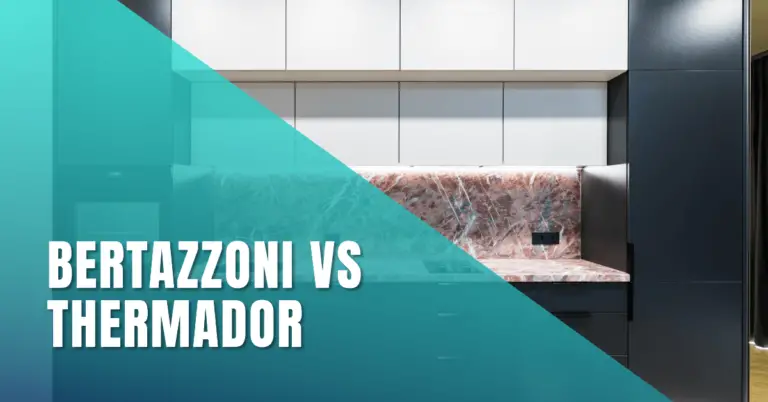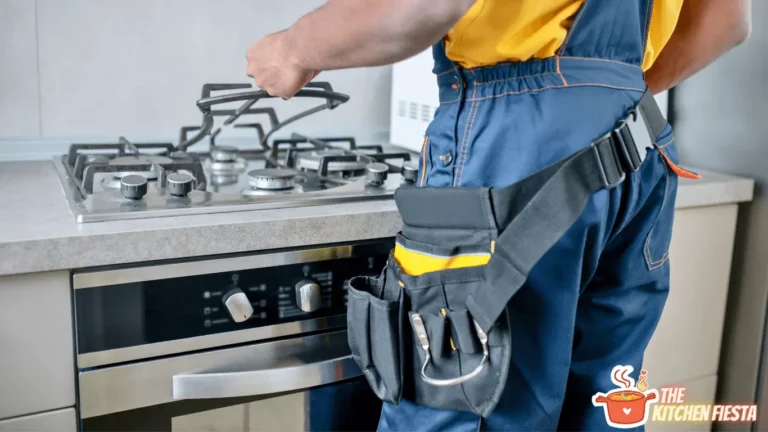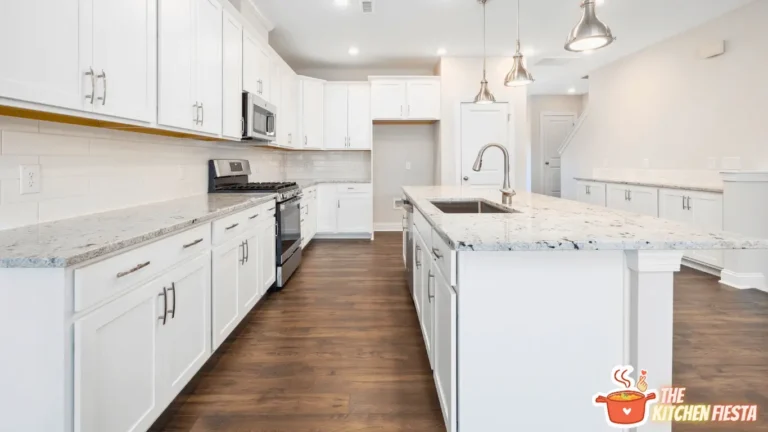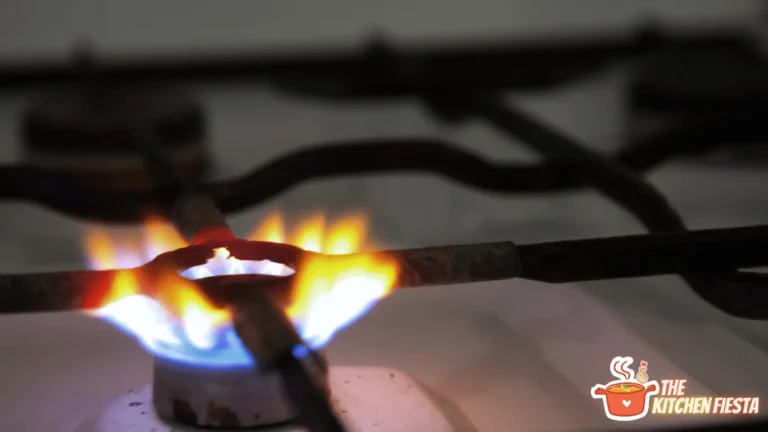Why Is My Gas Stove Glass Top Broken? Causes & How to Fix
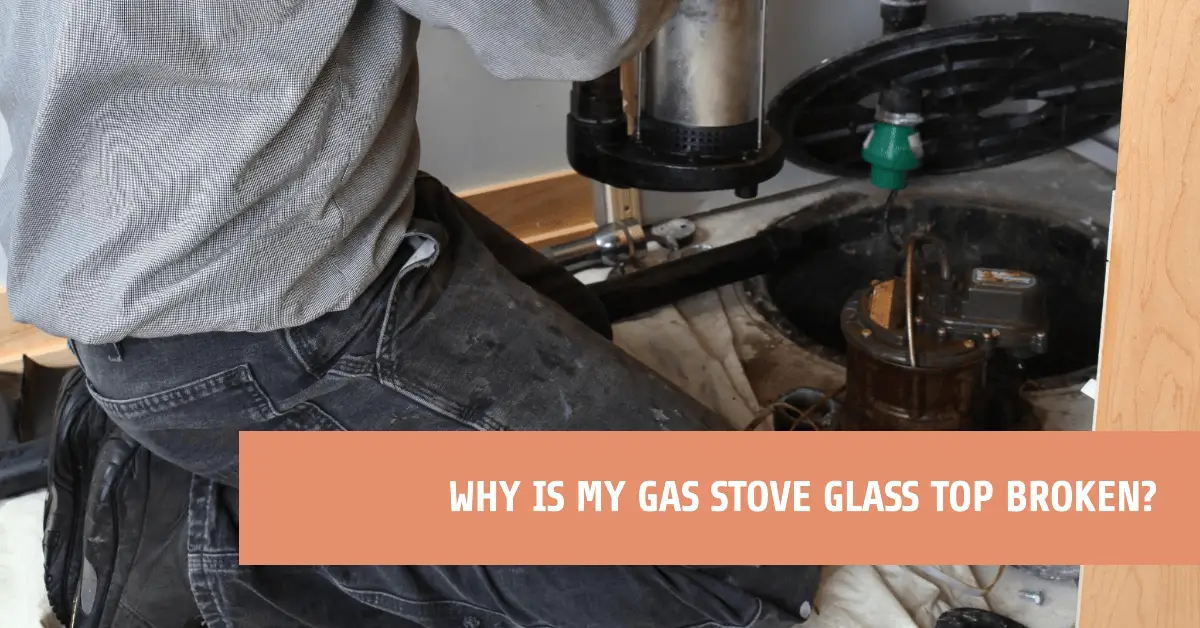
Have you ever experienced the sinking feeling of finding a crack across your glass stove top? The sudden shatter of your formerly pristine cooktop can be alarming. But before you panic, know that you have options to get your stove functioning safely again.
This comprehensive guide will walk you through everything you need to know if you find yourself asking: why is my gas stove glass top broken?
In most cases, glass stove tops crack due to extreme temperature changes, impacts from heavy objects, scratches, or manufacturing issues. But whether the damage is minimal or more severe, it’s important to address it soon to prevent further cracking or potential hazards.
Below we’ll cover:
- Common causes of glass stove and cooktop cracks
- Assessing if your stove is still safe to use
- Preventing future breaks
- Costs of replacement
- Signs that require a new top
- Insurance coverage questions
- Cleaning and replacement tips
- Finding the right replacement
- Hiring appliance professionals
Armed with the right information, you can get your gas stove cooking again in no time!
What Causes Glass Stovetops to Break?
Glass-top electric or gas stoves are designed to withstand high heat. But extreme temperature changes can still stress the glass and cause it to crack or shatter. The most common causes include:
- Extreme Temperature Shifts – Going from hot to cold too quickly by setting cold items on a hot burner or cooking surface can lead to rapid contraction and expansion of the glass top. This thermal shock creates stress points that can cause cracks.
- Heavy Pots or Objects Dropped on the Stove – The impact of heavy cast iron pans, stock pots, or other objects hit or dropped on the stove top can fracture the glass. Just a few inches of fall onto the delicate glass surface can be enough to damage it.
- Scratches from Cookware – Dragging pans with rough bottoms across the smooth glass over time can leave scratches. These scratched areas are weaker points prone to cracking when heated.
- Manufacturing Defects – Sometimes imperfections in the glass or improper sealing during the manufacturing process can lead to cracks appearing later on. This may be covered under the stove’s warranty.
- Cold Items Placed on Hot Surface – Adding frozen foods or a cold pan right from the fridge onto a hot burner can shock the glass with a rapid shift in temps.
Always use care when cooking on a glass-top stove to prevent damage. But even with proper use, cracks and breaks can still occur.
Is it Still Safe to Use a Cracked Glass Cooktop?
If you notice a crack in your electric or gas stove’s glass top, you may wonder if it’s still safe to use. Here are some guidelines:
- Small Chips or Surface Cracks – If the damage is minor and limited to small chips along the edge or surface cracks less than 3-4 inches, the stove may still be safe for use temporarily. Avoid placing heavy pans over the cracked area.
- Larger Cracks – Deep cracks more than a few inches long can further propagate and spread with continued high heat exposure. It’s best to stop using a stove with a large crack to prevent the glass from shattering.
- Sharp Edges – Jagged, raised edges along a crack can cut fingers and hands when cleaning the stove top. Cracks with sharp edges pose a laceration risk with continued use.
- Loose Pan Stability – Cracks under a burner can prevent cookware from sitting flat and steady. This increases chances of burns from hot pans sliding off the uneven surface.
- Electrical Damage – Major cracks that split glass covering electric elements expose a safety hazard from live heating components. Exposed electrical contacts require immediate repair.
As soon as you see a crack, discontinue use and arrange for glass stove top replacement to prevent unsafe conditions. Covering cracked areas with repair tape is only a temporary fix.
How to Prevent Your Glass Stovetop From Cracking
While glass stove tops can shatter spontaneously, you can take steps to prolong their life and avoid damage:
- Use the proper cookware – Heavier pans with perfectly smooth, flat bottoms are ideal to prevent scratching. Avoid using older cookware with uneven bases.
- Go easy when placing pots and pans on the surface – Don’t aggressively slide or drop them from a distance onto the delicate glass.
- Avoid temperature extremes – Don’t put cold items down or expose the glass to sudden, rapid shifts in temp.
- Clean with care – Use non-abrasive sponges and scraper tools designed for glass stovetops. Avoid harsh cleaners.
- Don’t let spills bake on – Promptly clean any heavy spillovers so food or residue doesn’t bond strongly to the glass surface.
- Don’t overheat an empty pan – This can create localized hotspots that expand and stress the glass.
- Check warranty coverage – Manufacturing defects discovered early may qualify for a free replacement top.
With some simple preventive care, you can help your glass stovetop last longer and avoid costly cracks and breaks. But even if you follow all the rules, damage can still occur eventually through daily wear and tear.
Typical Costs to Replace a Glass Cooktop
If your gas or electric stove’s glass top is damaged beyond repair, replacement is required. For a traditional electric coil or gas burner stove, expect to pay:
- Glass cooktop parts: $200 – $750 for the replacement glass piece. More expensive brands or larger stove tops cost more.
- Labor: At least $200 – $300 for installation. Removing old glass and properly sealing the new piece requires professional skills.
- Total range: $400 – $1000+ to replace a single damaged glass stovetop, depending on stove brand, size, technician hourly rates, and location. DIY repairs can reduce the labor costs.
For fancier smooth-top electric, induction, or gas stoves with integrated burners, replacing the entire cooktop unit often makes more sense than just the glass. This can cost $800 – $1500+ in parts alone.
Before replacing your stove’s glass top, first check if it’s covered by any existing warranties. Manufacturers typically provide at least a 1-2 year warranty covering manufacturer defects. Homeowner’s insurance also often covers appliance repairs like these – more details below.
Signs That Your Glass Stovetop Needs Replacing
Not sure if your cracked cooktop can be salvaged or needs replacement? Here are some clear warning signs:
- Visible cracks, chips or holes – Any fractures, especially larger than a few inches, indicate the structural integrity is compromised.
- Hot or cold spots – Damaged areas that don’t heat evenly point to underlying issues.
- Loose glass – If the glass top wobbles independently or makes clinking sounds, it likely needs a new seal.
- Leaking – Fluids seeping under the glass around cracks signal the damage has penetrated the seal.
- Discoloration – Dark burnt areas that won’t clean off also usually mean it’s time for a new cooktop.
- Electrical sparking – Any exposed electrical components cause an immediate safety hazard.
Don’t take risks with your safety or risk further appliance damage. At the first signs your stove top glass is beyond repair, start planning to replace it.
Does Homeowners Insurance Cover a Broken Glass Stove Top?
Will your homeowners or renters insurance help pay for an unexpected glass cooktop replacement? Possibly – but not automatically.
- Standard Coverage – Damage from cracks and breakage may be covered, but not wear-and-tear failures over time.
- Deductible – You’ll pay your policy deductible first (often $500 – $1000) before coverage kicks in.
- Policy Limits – Appliance damage coverage is often capped at $5,000 or less, which may not fully cover expensive stove repairs.
- Cause of Damage – “Act of God” breakage is more likely to be covered than human-caused damage like scratches or drops.
- Repair vs. Replacement – Insurance usually covers the most cost-effective option, which may mean a repair rather than full replacement.
To get the best outcome, document the damage thoroughly and emphasize safety factors when submitting your homeowners insurance claim. Having a police report or professional repair estimate can also help support your case if the cause or coverage is uncertain.
How to Clean Broken Glass Off a Stovetop Safely
Before replacing your cracked cooktop, you’ll need to thoroughly clean the surface to remove all loose shards and debris:
- Turn off power and gas to the stove at the breaker panel and shut off valve.
- Protect your hands with thick rubber gloves and consider safety glasses.
- Remove large pieces carefully using thickly folded paper towels to prevent cuts.
- Vacuum smaller pieces with the hose attachment. Avoid using a dustpan to sweep since bits can scatter.
- Wipe with vinegar-soaked paper towels to dissolve any baked-on food residue without scratching.
- Rinse thoroughly before wiping dry with a soft cloth. Make sure no glass fragments remain before using again.
- Use bright lighting angled across the surface to catch any refracted gleams revealing remaining slivers.
Work slowly and diligently to get the stove top completely clean and safe again in preparation for the glass replacement. Preventing injury is priority number one when handling damaged glass.
Finding the Right Replacement Glass Stovetop
Start your glass cooktop replacement process by clearly identifying your make and model of stove. Check the user manual or a metal tag on the back or bottom for specific numbers.
Then research replacement options:
- Contact the manufacturer – Ordering directly from the same brand often costs more but guarantees an exact fit.
- Third party parts suppliers – Aftermarket manufacturers like Stove Glass Replacements offer cheaper alternatives that still meet strict size specs.
- Choose improved materials – Upgrading to a more durable glass material like ceramic can prevent future cracks.
- Consider coils or induction – Switching away from regular glass to exposed coils or smooth induction tops also avoids glass breakage issues altogether.
With some models, it may even be most cost-effective to purchase an entirely new stove rather than source a new glass top. Compare prices of both routes to determine the better investment for your needs and budget.
Hiring a Professional to Replace a Glass Cooktop
While a handy DIYer can often handle a straightforward glass replacement job, professional installation is best for certain stove types and situations:
- Sealed stovetops – Cooktops with integrated or sealed burners require special tools and skills to disassemble and reseal properly.
- Gas line connections – Licensed technicians are needed to safely reconnect gas supply lines and check for leaks.
- Electrical hookups – Improper electrical connections can cause fire hazards and damage components.
- Warranty preservation – Manufacturer warranties often require pros for repair eligibility.
For complex cooktop configurations or when safety factors are paramount, consider hiring an experienced appliance repair company to handle the replacement job properly. They can also address any other underlying issues discovered once the old top is removed.
Troubleshooting Problems After Glass Stove Top Replacement
After swapping in a new glass stovetop, you may run into initial performance problems that require tweaking:
- Temperature regulation – The controls may run hotter or cooler than expected and need calibration if the old and new glass thicknesses differ.
- Uneven heating – Improper sealing around the edges of the glass replacement can cause subtle hot or cold spots during cooking.
- Loose fit – If rattling or subtle rocking motions are present, the glass may need to be reseated and tightened in the frame.
- Condensation buildup – A poorly formed seal will allow steam and spills to leak under the top.
Test thoroughly and contact the installer if any bothersome issues arise with your new cooktop. It may take a little break-in period and adjustment to get flawless results from a glass stove top replacement. But in the end you’ll be able to cook comfortably again!
In Conclusion
While a sudden broken glass stove top can be a jarring appliance failure, know that repair options are available to get your gas or electric range cooking safely again. Assess the damage promptly, troubleshoot the cause, and plan the best solution. With some practical tips for cleanup, replacement, and preventing future cracks, your kitchen can be fully operational once more.

